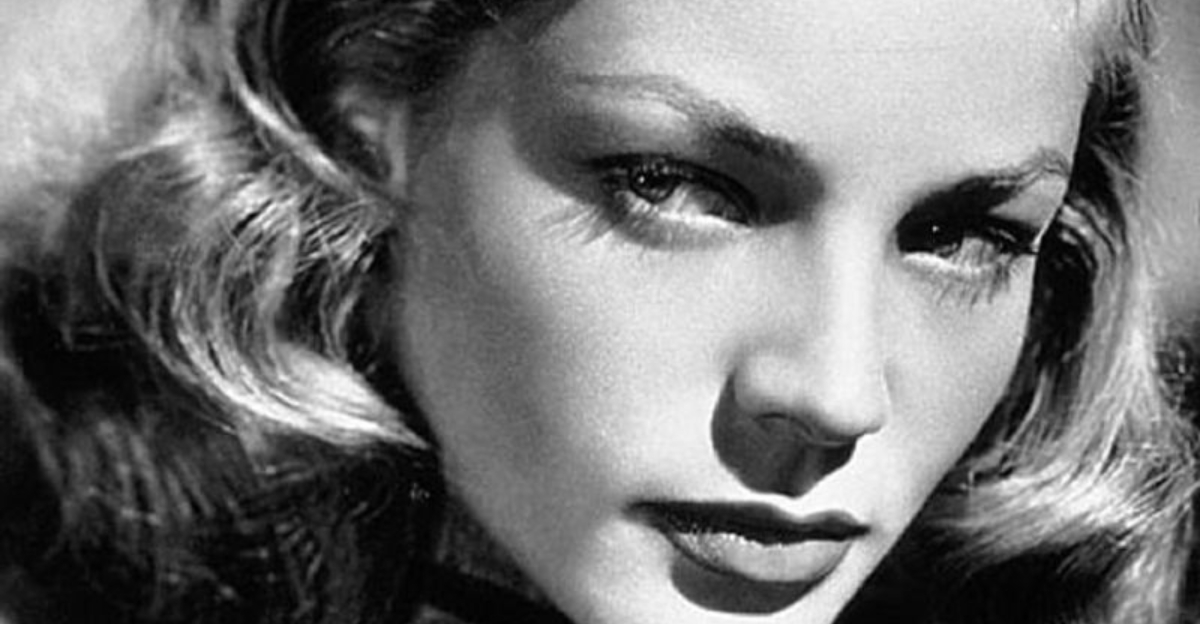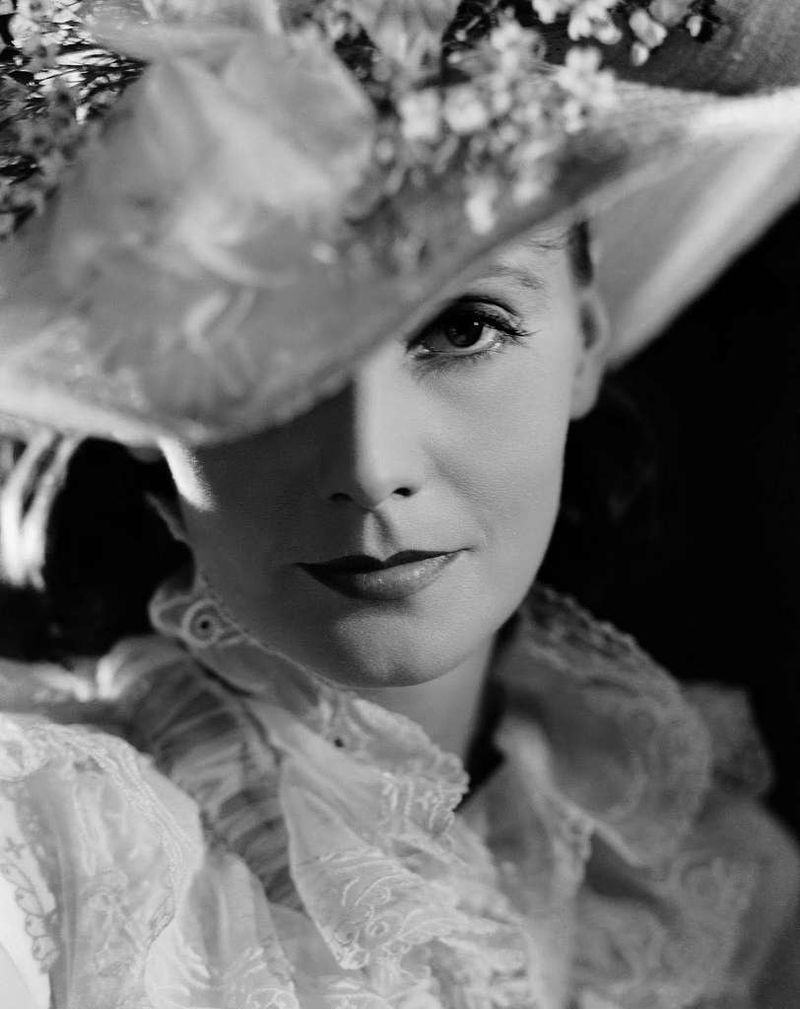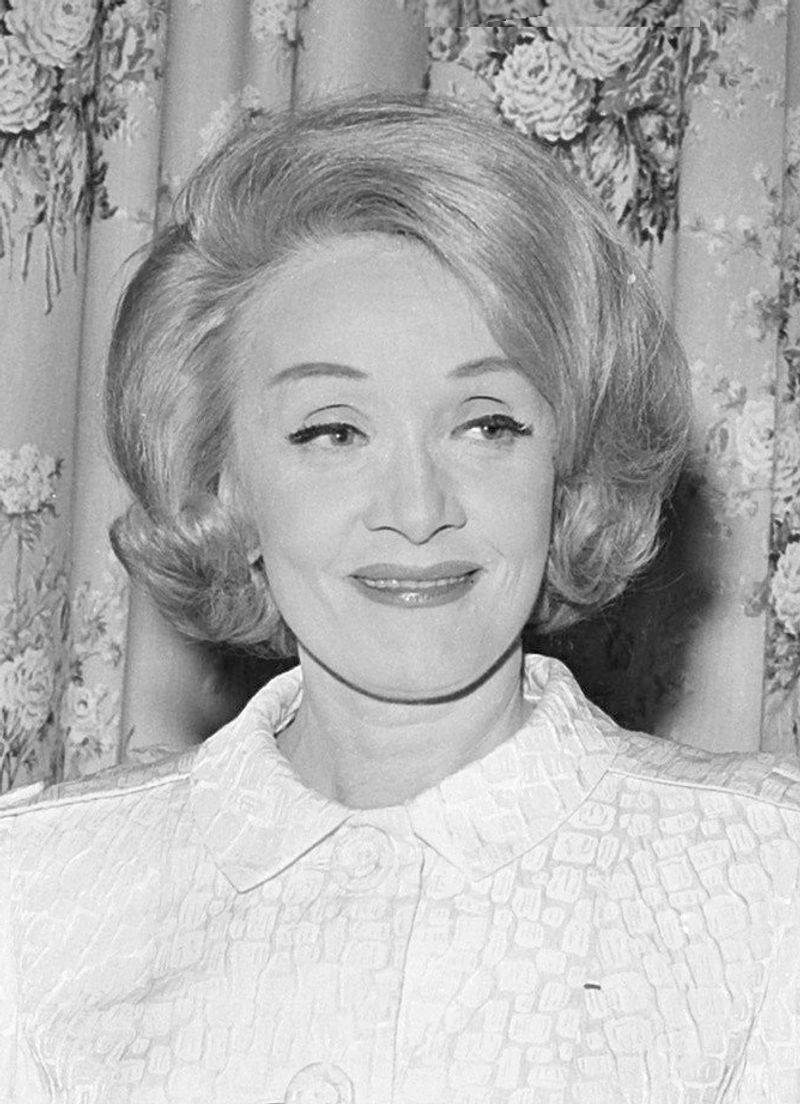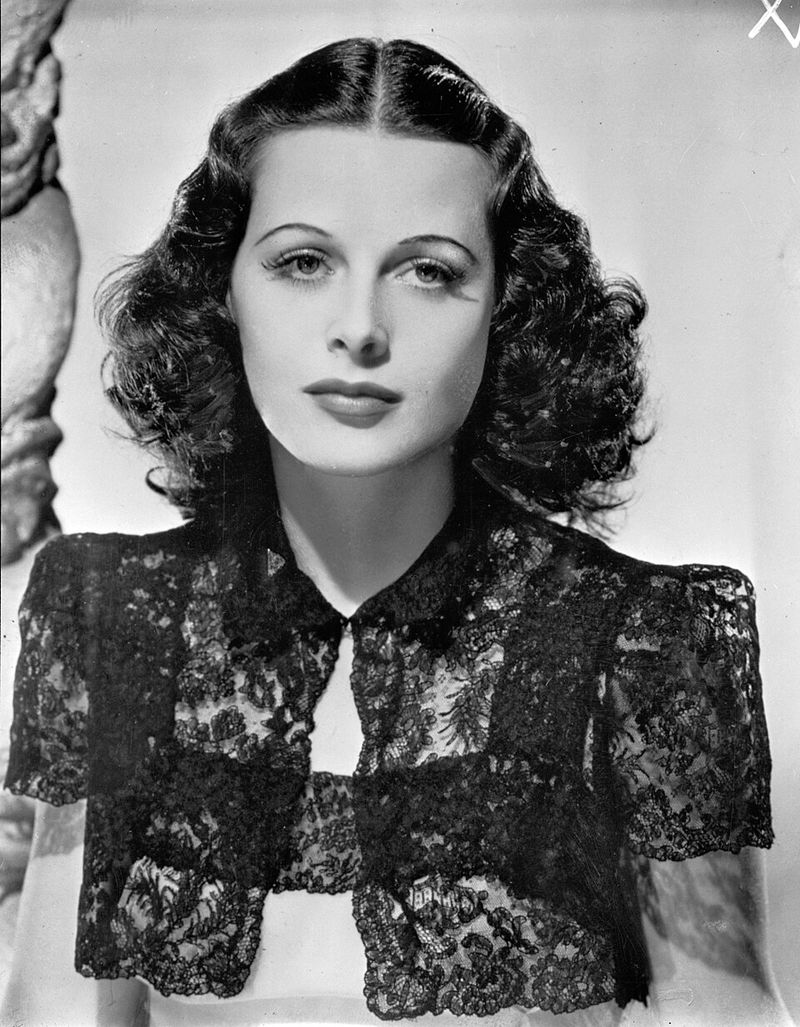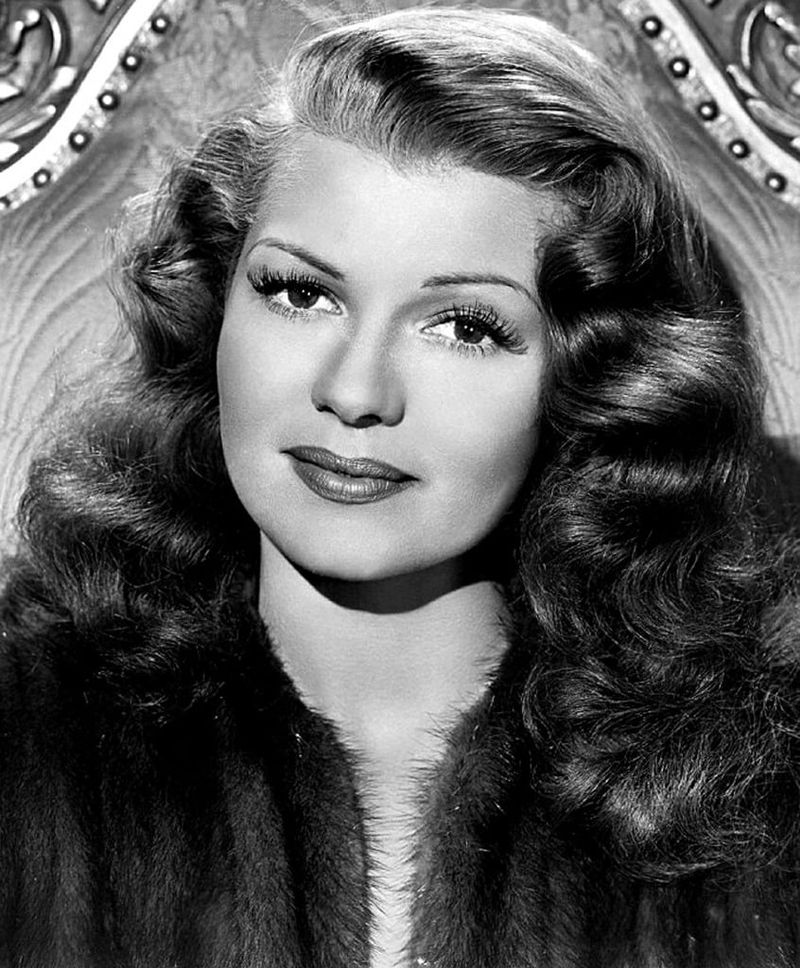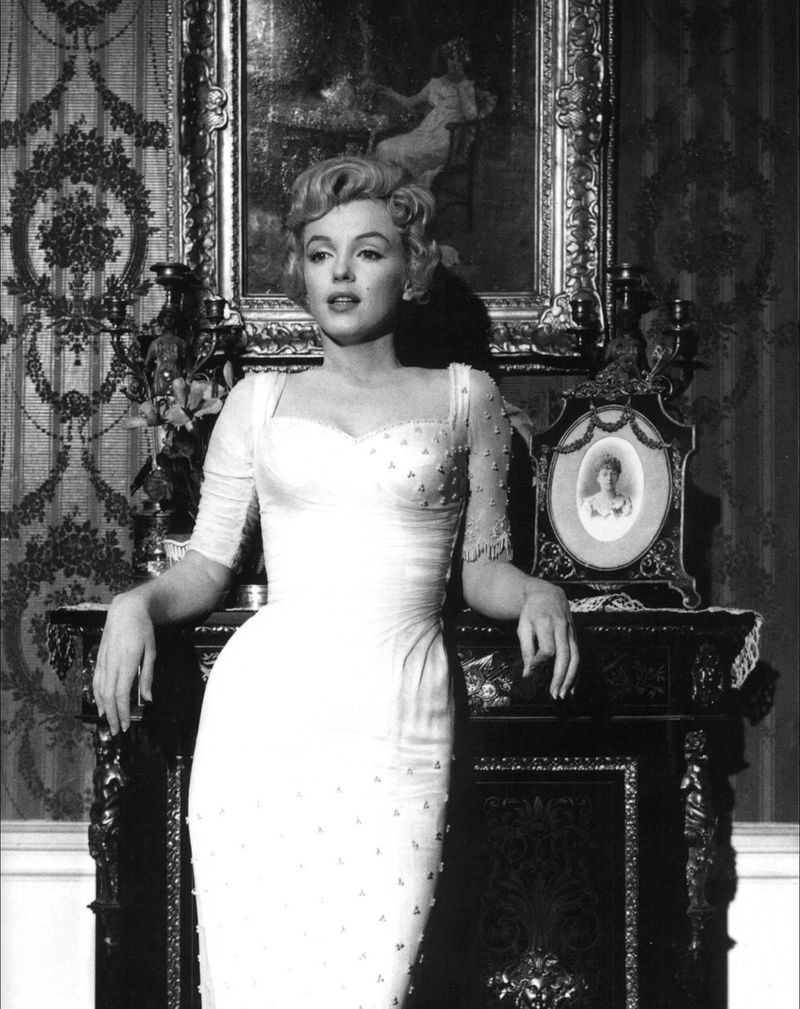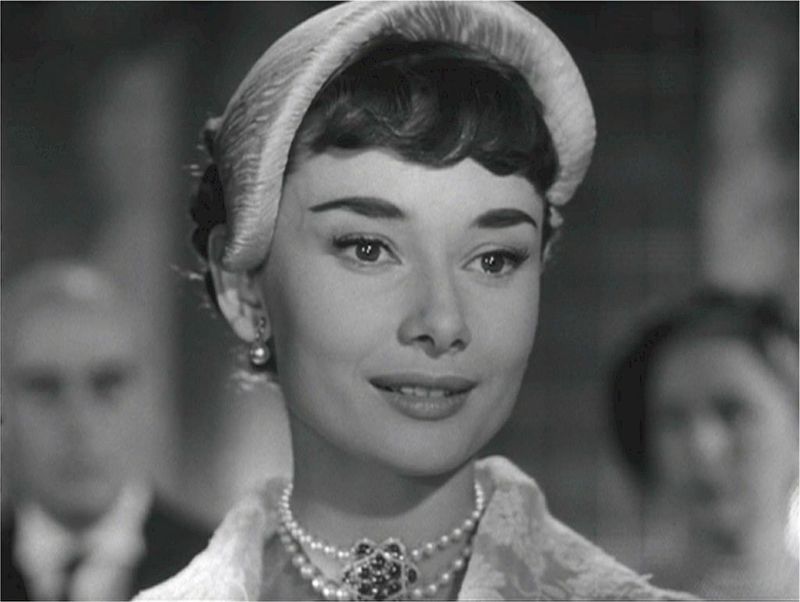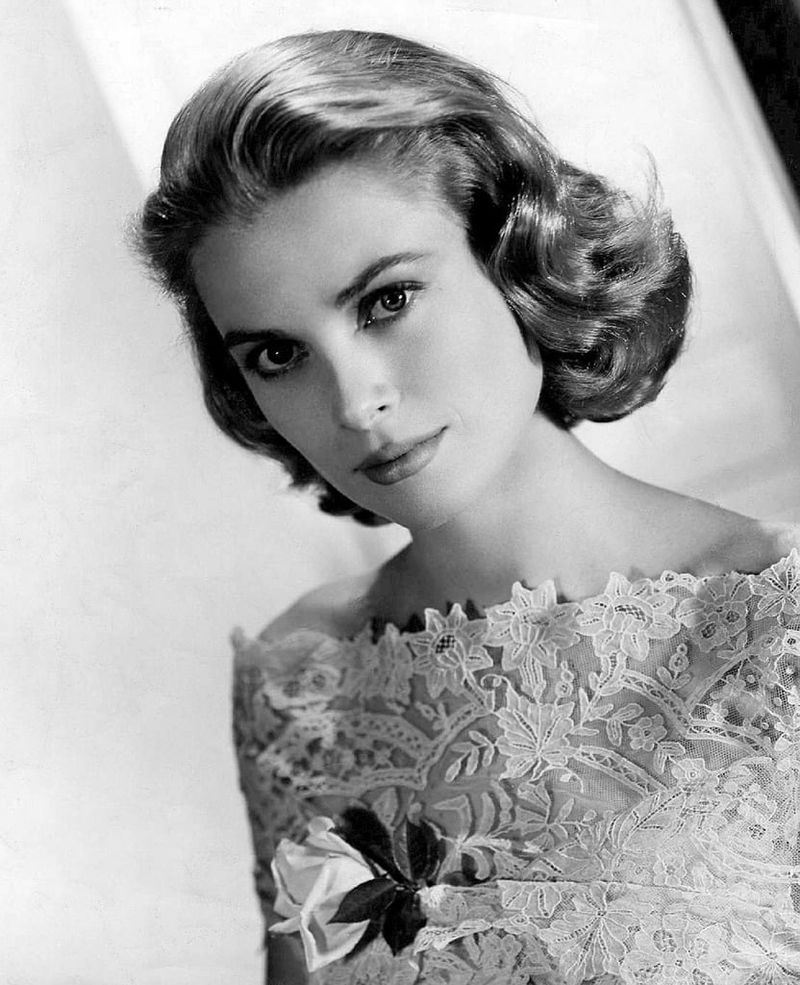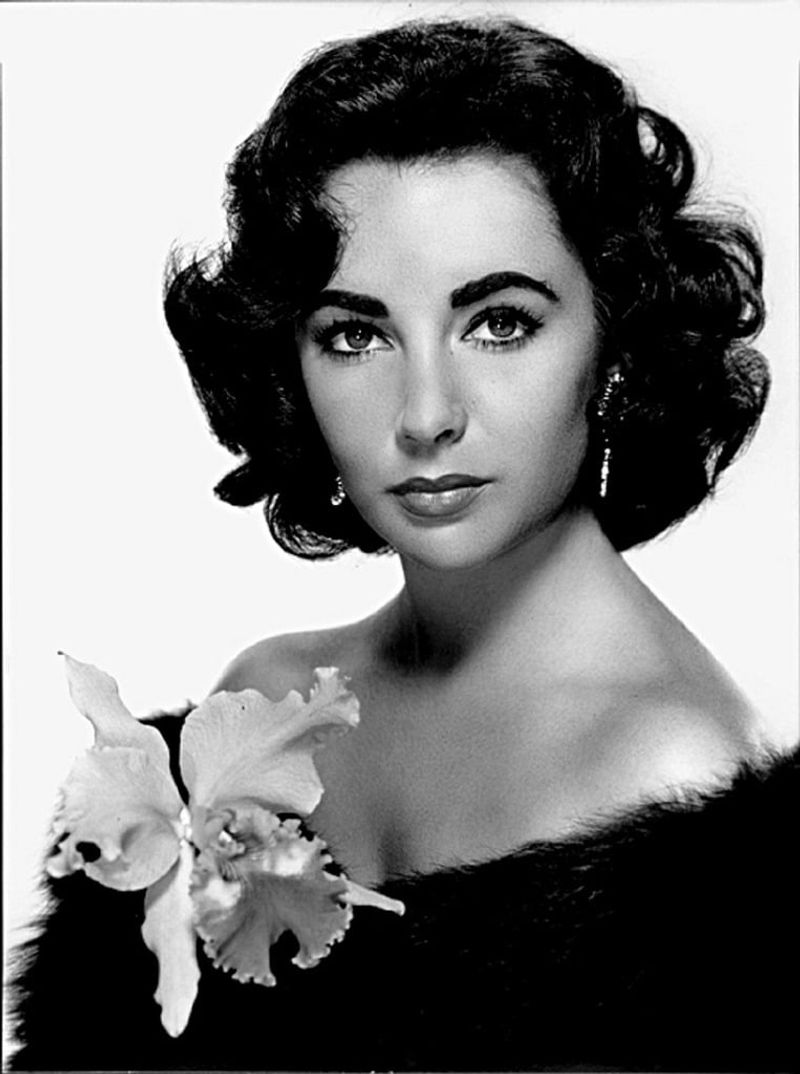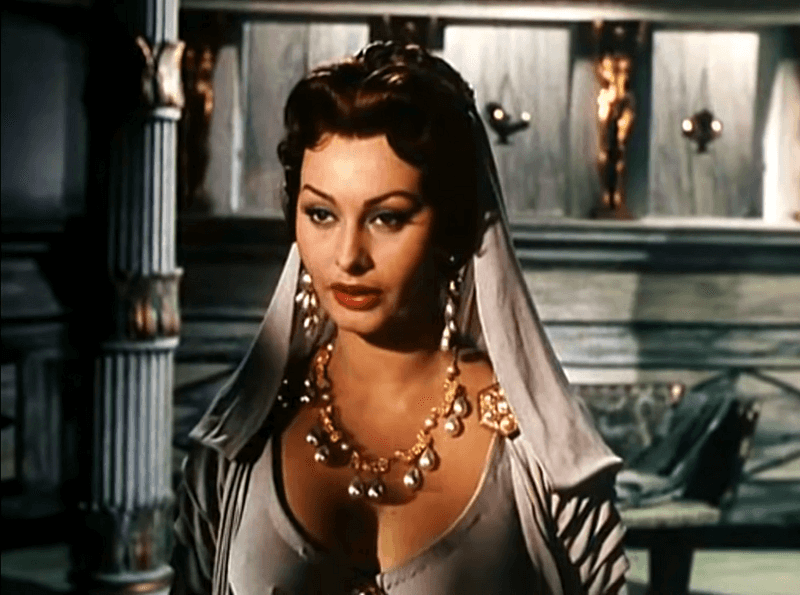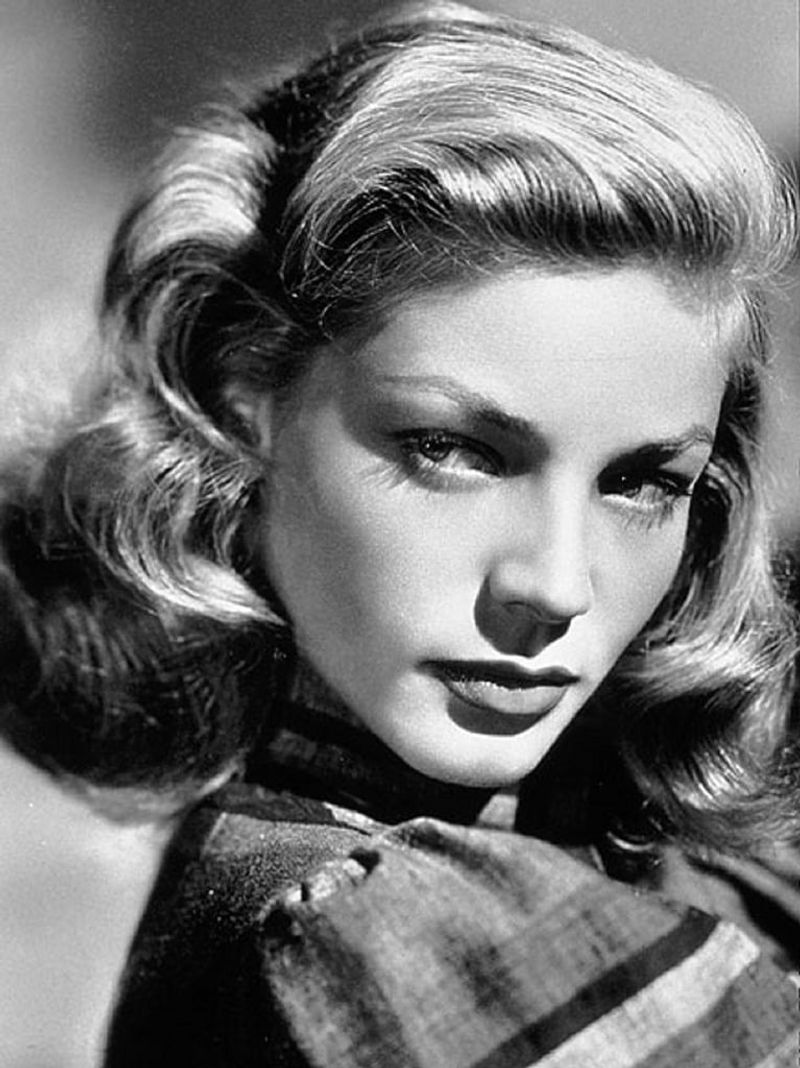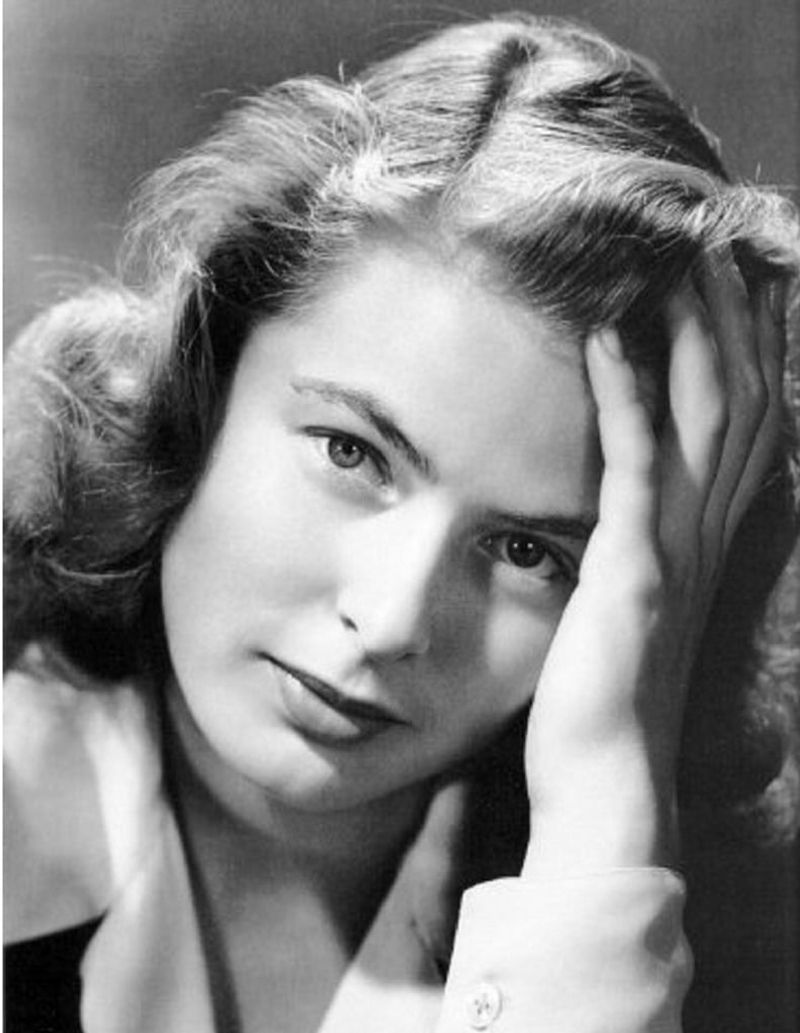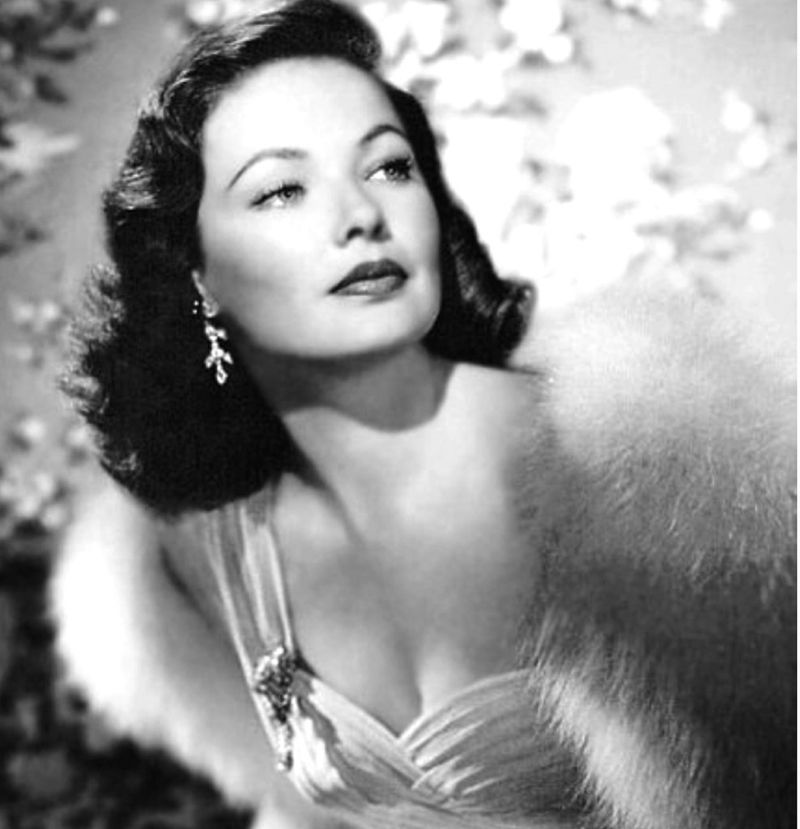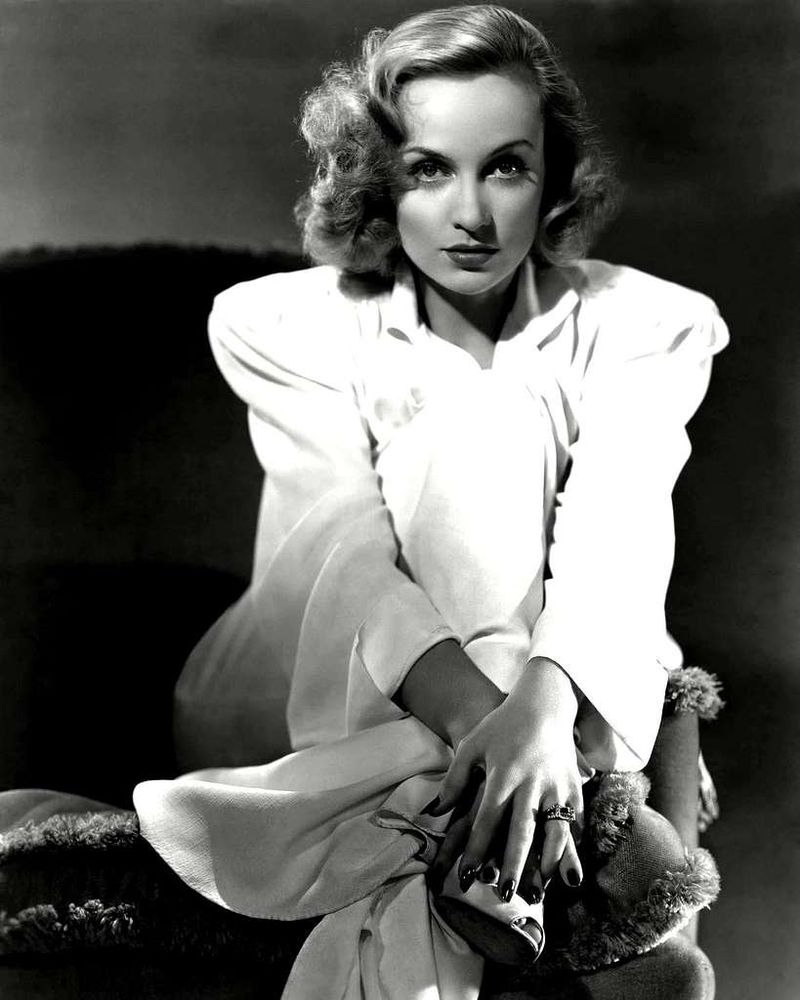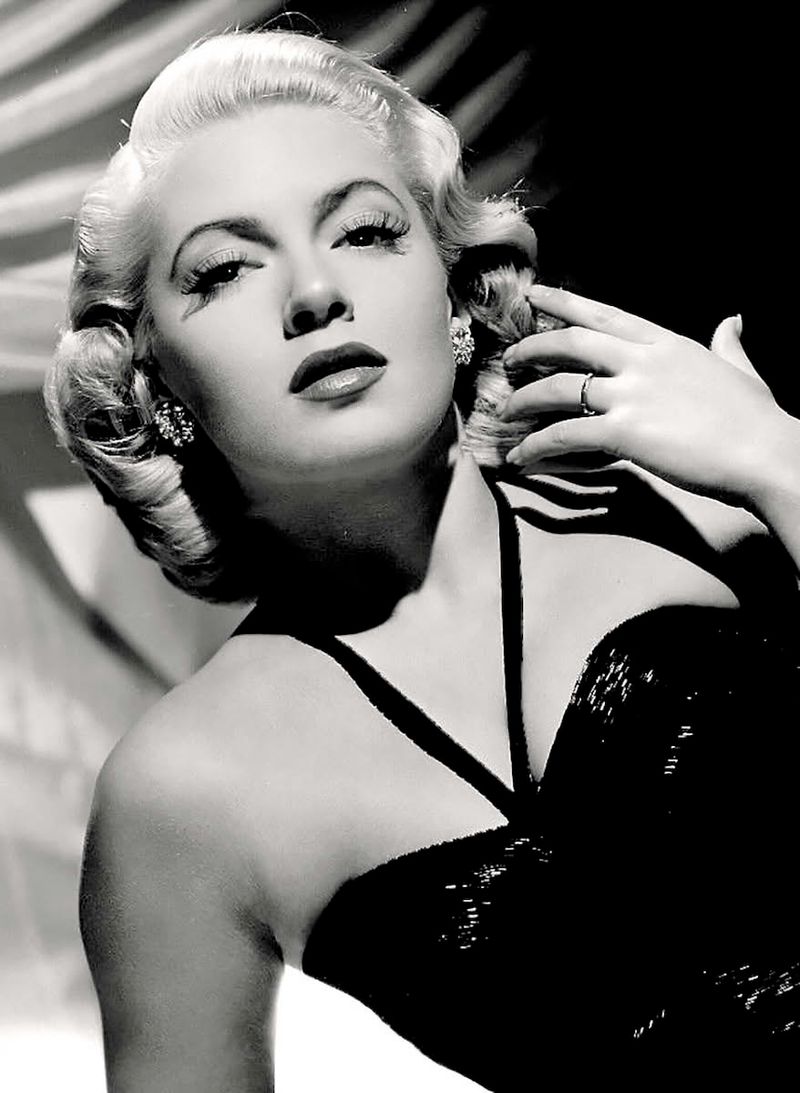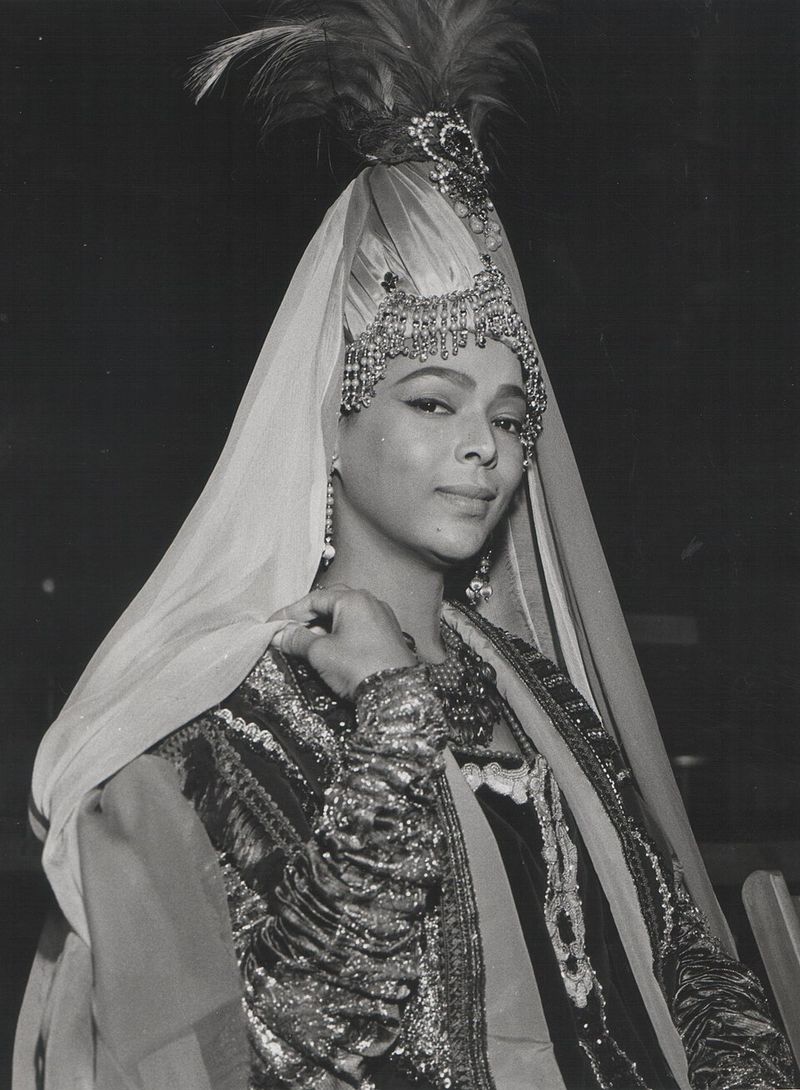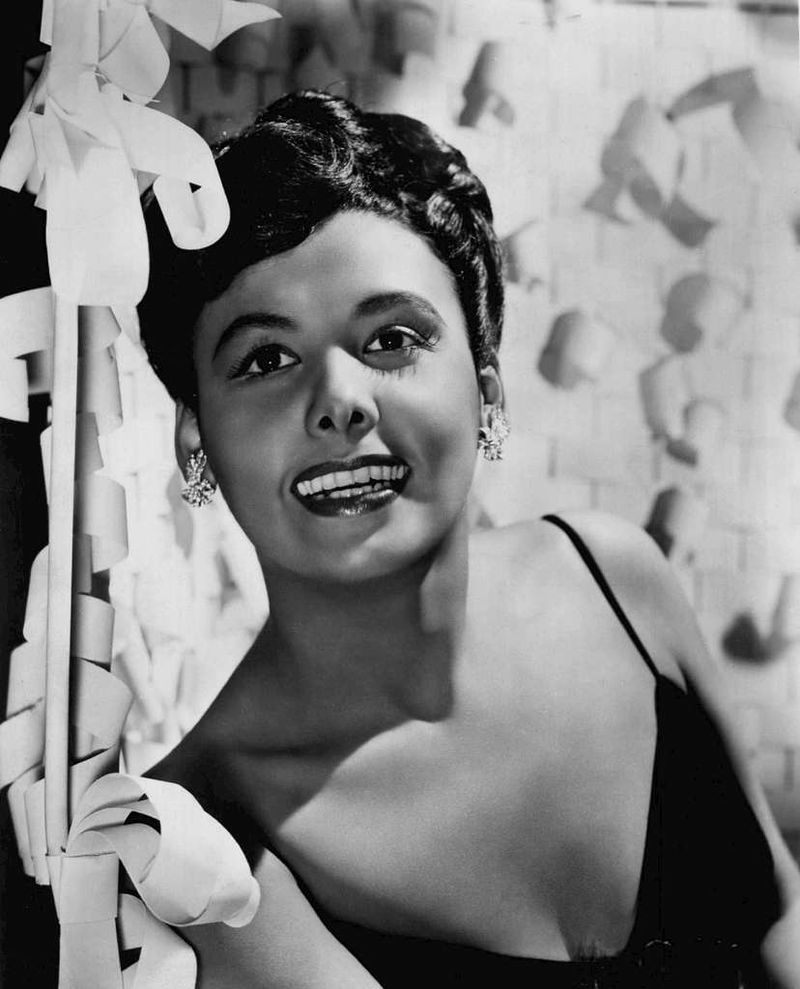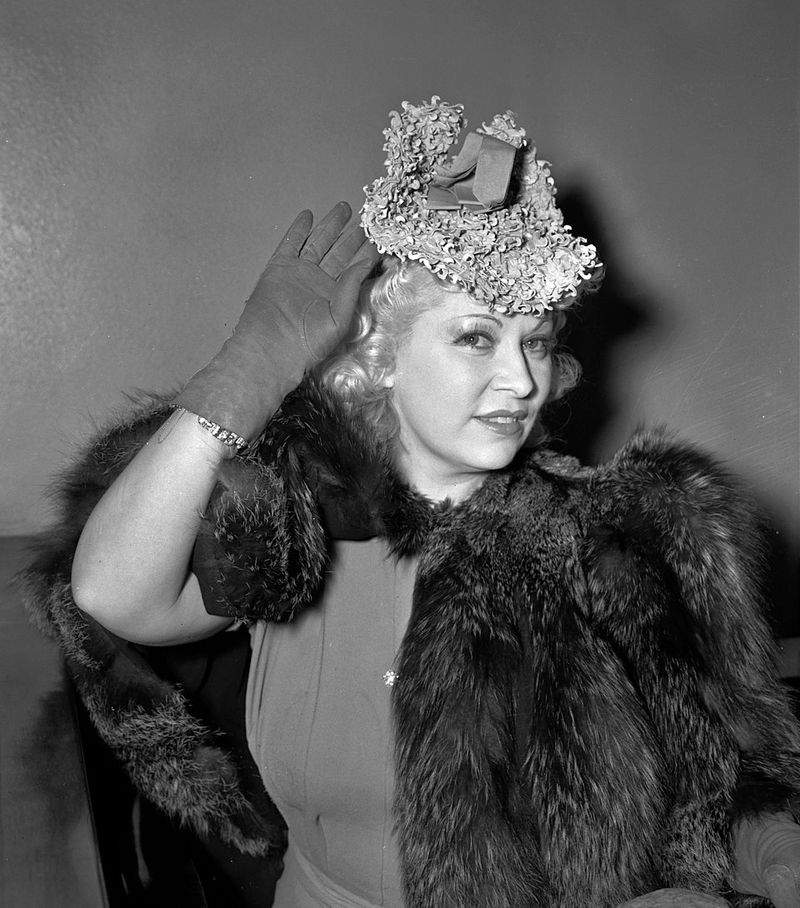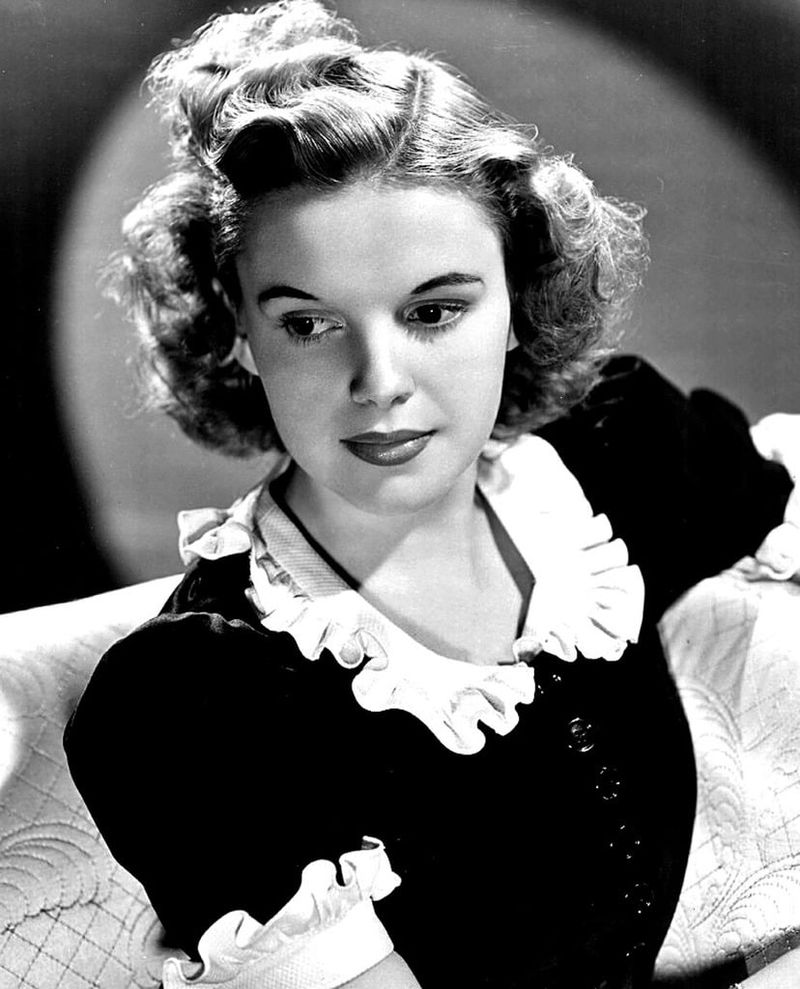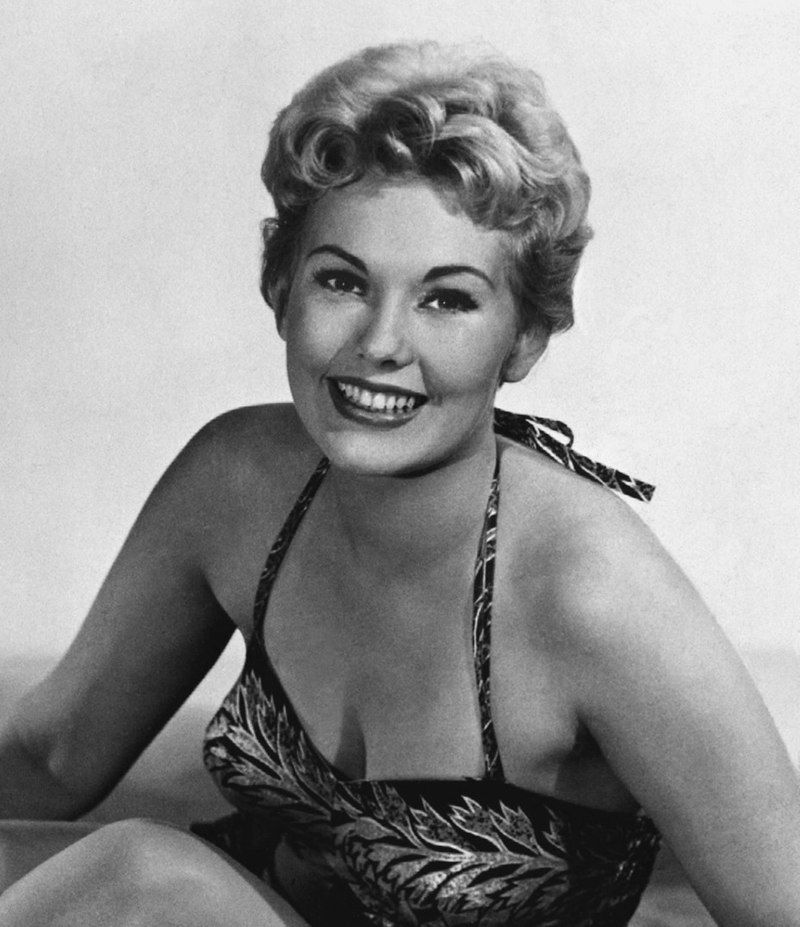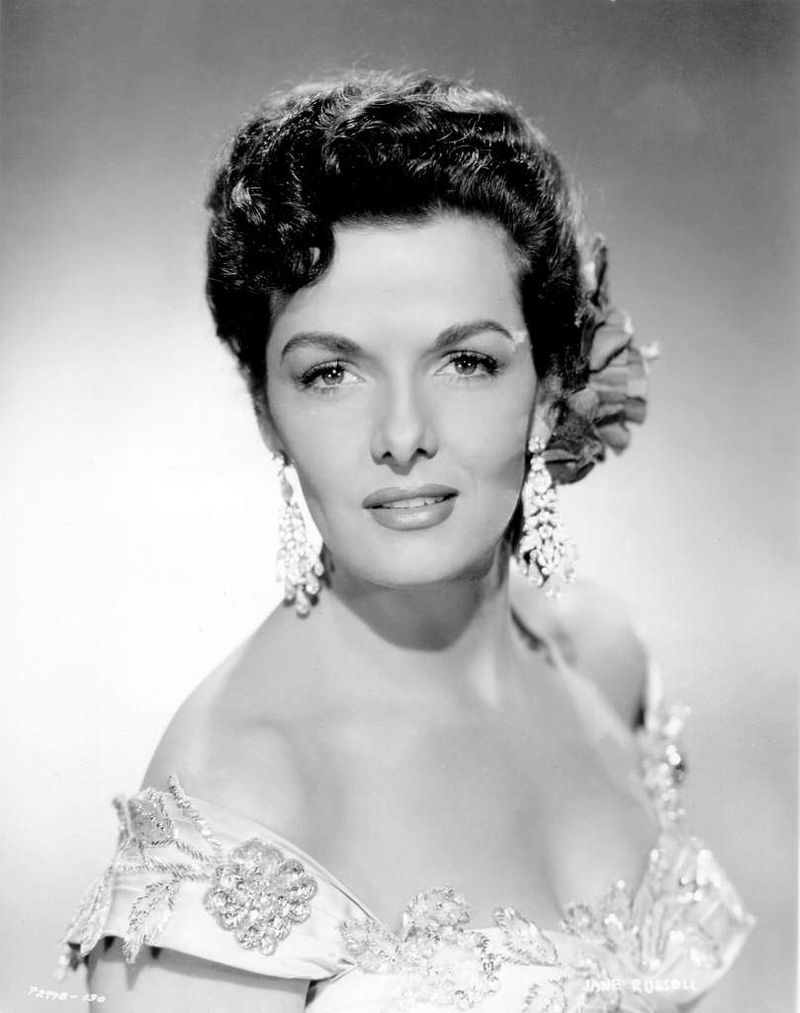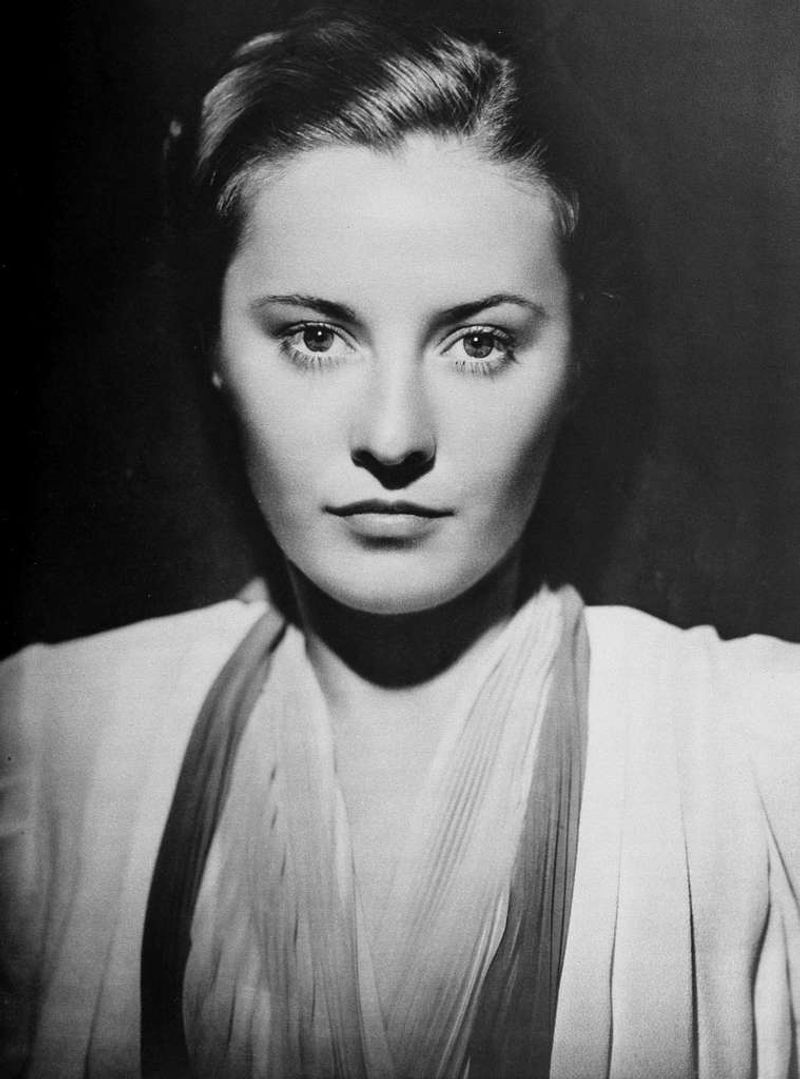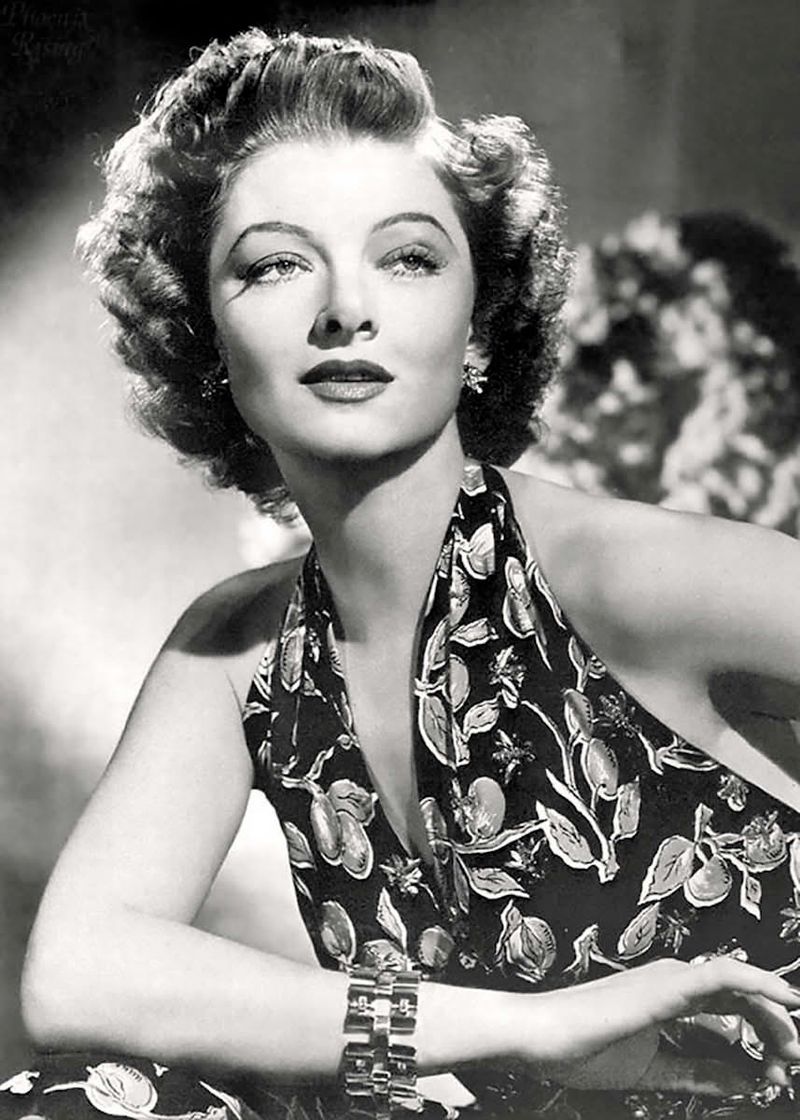Old Hollywood had something magical that modern movies sometimes miss—a kind of glamour that felt both untouchable and real. The actresses of that golden era didn’t just act; they became legends whose style, grace, and screen presence still inspire us today. From mysterious European stars to all-American sweethearts, these women shaped what beauty and elegance mean in cinema. Their films remain timeless, and their influence continues to sparkle across red carpets and fashion runways around the world.
1. Greta Garbo — The ultimate enigma; her cool, sculptural beauty in Anna Karenina and Camille made Garbo mystique a standard.
Garbo arrived from Sweden and changed Hollywood forever with a face that seemed carved from marble. Her high cheekbones and deep-set eyes created shadows that cameras loved, making every close-up feel like fine art.
She rarely gave interviews and avoided the spotlight off-screen, which only made audiences more fascinated. This mystery became her trademark—people wanted to know the woman behind those haunting performances.
Films like Anna Karenina and Camille showcased her ability to convey heartbreak with just a glance. Even after retiring young, her legend grew stronger, proving that sometimes less really is more when it comes to lasting glamour.
2. Marlene Dietrich — Smoky voice, languid allure, and androgynous chic from The Blue Angel through her Hollywood years.
Dietrich brought European sophistication to Hollywood with a voice that sounded like velvet dipped in smoke. She wasn’t afraid to wear tuxedos and challenge gender norms on screen, creating a style that felt dangerously modern.
The Blue Angel made her an international sensation, showing audiences a woman who controlled her own destiny. Her languid movements and knowing smiles suggested secrets worth discovering.
Throughout her career, she chose roles that let her be both vulnerable and powerful. Photographers adored her because she understood lighting instinctively, always finding her best angle without seeming vain about it at all.
3. Hedy Lamarr — Breathtaking on screen in Samson and Delilah and an inventor whose tech ideas prefigured Wi-Fi and Bluetooth.
Lamarr possessed a kind of beauty that made directors forget their lines—dark hair framing porcelain skin and eyes that sparkled with intelligence. But calling her just a pretty face misses half the story entirely.
Between takes on films like Samson and Delilah, she worked on frequency-hopping technology that would later help create modern wireless communication. Her patent laid groundwork for Wi-Fi and Bluetooth, though she received little credit during her lifetime.
She proved that glamour and genius aren’t opposites. Today, tech companies finally acknowledge her contributions, making her legacy about both stunning screen presence and brilliant innovation that changed our world.
4. Rita Hayworth — The wartime Love Goddess, forever immortalized by the satin gloves and smolder of Gilda.
Hayworth’s image graced everything from magazine covers to bombs during World War II, earning her the title of ultimate pin-up girl. Her auburn hair and confident smile gave soldiers overseas something beautiful to remember.
Gilda remains her defining moment—that scene with the long black gloves became cinema’s most seductive striptease without removing much at all. She moved with a dancer’s grace because she’d trained since childhood, bringing elegance to every gesture.
Offscreen, she struggled with the Love Goddess label, wanting to be seen as a serious actress. Her vulnerability made her even more captivating, showing that true glamour includes depth beneath the dazzling surface.
5. Ava Gardner — Sultry magnetism and feline grace in The Killers, Mogambo, and The Barefoot Contessa.
Gardner walked into rooms like a panther—all controlled power and mesmerizing eyes that seemed to see right through people. Small-town North Carolina roots gave her an earthiness that balanced her devastating beauty perfectly.
In films like The Killers and Mogambo, she played women who knew their effect on men and weren’t apologetic about it. Directors loved how naturally she conveyed sensuality without trying too hard or seeming calculated.
Her personal life made as many headlines as her films, with marriages to Mickey Rooney, Artie Shaw, and Frank Sinatra. Yet through all the drama, her screen presence remained magnetic, proving real charisma can’t be manufactured or faked.
6. Marilyn Monroe — The radiant blend of innocence and sensuality; Some Like It Hot cemented her legend.
Monroe became the definition of Hollywood glamour with platinum curls, a breathy voice, and a figure that made designers rethink fashion. Yet beneath the bombshell image lived a smart, troubled woman who studied acting seriously.
Some Like It Hot showcased her perfect comic timing alongside her famous curves, proving she was more than just a pretty face. She understood how to make audiences fall in love with her vulnerability and playfulness.
Decades after her tragic death, her image still sells magazines and inspires fashion shoots worldwide. Her combination of childlike wonder and adult allure created something unique that countless others have tried but failed to replicate convincingly.
7. Audrey Hepburn — Swan-like elegance and luminous eyes; Roman Holiday and Breakfast at Tiffany’s defined timeless chic.
Hepburn arrived on the scene like a breath of fresh air when curvy bombshells dominated Hollywood. Her gamine figure, enormous eyes, and ballet-trained posture created a completely different kind of beauty that felt almost otherworldly.
Roman Holiday won her an Oscar and America’s heart, while Breakfast at Tiffany’s made her little black dress and pearls a timeless uniform. She moved with a dancer’s lightness, making even simple gestures seem graceful and intentional.
Beyond movies, her humanitarian work with UNICEF showed beauty with purpose. Her style remains endlessly copied because it combined simplicity with sophistication—proof that true elegance never really goes out of fashion or feels dated.
8. Grace Kelly — Ice-cool refinement in Hitchcock classics, then a real-life princess—beauty with regal reserve.
Kelly possessed a patrician beauty that made her seem born for royalty long before she actually became a princess. Her cool blonde perfection in Hitchcock thrillers like Rear Window and To Catch a Thief created unforgettable tension.
Directors loved how she could convey passion beneath a composed exterior, like ice hiding fire. Her wardrobe choices both on and off screen set standards for understated luxury that wealthy women still emulate today.
When she married Prince Rainier of Monaco and left Hollywood at her peak, it seemed like a fairy tale come true. Her transformation from movie star to actual royalty cemented her status as the ultimate embodiment of refined, unattainable glamour.
9. Elizabeth Taylor — Violet eyes, diamond-sharp presence, and two Best Actress Oscars for Butterfield 8 and Who’s Afraid of Virginia Woolf?
Those famous violet eyes weren’t a Hollywood myth—Taylor really did have a rare genetic mutation that made her irises appear purple in certain light. Combined with double eyelashes, her face became one of cinema’s most photographed and recognizable.
She won Oscars for Butterfield 8 and Who’s Afraid of Virginia Woolf?, proving she could act as powerfully as she looked. Her eight marriages kept tabloids busy, but her talent and humanitarian work for AIDS research defined her true legacy.
Taylor loved jewelry the way some people love pets, amassing a legendary collection that sold for millions. Her appetite for life—whether love, diamonds, or great roles—made her larger than life in every possible way.
10. Sophia Loren — Earthy glamour and Oscar-winning gravitas for Two Women—an international siren who conquered Hollywood too.
Loren brought Mediterranean warmth to Hollywood’s sometimes chilly glamour standards. Growing up poor in war-torn Italy gave her an authenticity that made even her most glamorous roles feel grounded and real.
She won the Best Actress Oscar for Two Women, becoming one of the first actresses honored for a foreign-language performance. Her curves challenged Hollywood’s preference for thinner figures, celebrating a more womanly silhouette with confidence.
Even in her nineties, she remains a symbol of aging gracefully without surrendering sensuality. Her cooking skills and family devotion showed audiences that glamour doesn’t require sacrificing warmth or approachability—you can have both elegance and earthiness together.
11. Lauren Bacall — The sultry look, smoky voice, and wised-up elegance opposite Bogart in To Have and Have Not and The Big Sleep.
Bacall was barely twenty when she delivered that famous line to Humphrey Bogart: You know how to whistle, don’t you? Her low, husky voice and confident stare made her seem years older and infinitely wiser.
Director Howard Hawks taught her to keep her chin down and eyes up, creating The Look that became her trademark. In To Have and Have Not and The Big Sleep, her chemistry with Bogart burned through the screen, leading to a real-life romance.
She represented a new kind of leading lady—smart, sharp-tongued, and unimpressed by male swagger. Her elegance had an edge, proving that glamour could include intelligence and wit, not just beauty and passivity.
12. Ingrid Bergman — Open, natural beauty paired with luminous sincerity in Casablanca and Notorious.
Bergman arrived in Hollywood refusing to pluck her eyebrows or change her name, insisting on a natural look that felt revolutionary. Her fresh-faced beauty in Casablanca made audiences believe in both her innocence and her capacity for great love.
Unlike many stars who needed heavy makeup, she glowed on camera with minimal enhancement. Directors appreciated how her expressive face conveyed emotion honestly, without theatrical exaggeration or artificial glamour.
A scandalous affair with director Roberto Rossellini temporarily derailed her career, but she returned triumphant with another Oscar. Her willingness to risk everything for love made her seem more human and somehow even more beautiful for her imperfections and courage.
13. Vivien Leigh — Porcelain features with steel underneath—two Best Actress Oscars for Gone with the Wind and A Streetcar Named Desire.
Leigh’s delicate, doll-like beauty hid surprising strength and determination that made her perfect for Scarlett O’Hara. She beat out hundreds of actresses for the role in Gone with the Wind, then won the Oscar for her fiery performance.
Her porcelain complexion and green eyes created an almost fragile appearance that contrasted sharply with the tough, complex characters she played. In A Streetcar Named Desire, she brought devastating vulnerability to Blanche DuBois, earning her second Academy Award.
Mental health struggles added tragedy to her story, but her talent and beauty remain undimmed by time. She proved that the most memorable screen presences combine physical beauty with emotional depth and fearless commitment to difficult roles.
14. Gene Tierney — A patrician profile and haunting gaze; Laura and Leave Her to Heaven showcase her ethereal allure.
Tierney’s face seemed almost too perfect—a classical profile that belonged on ancient coins rather than movie screens. Her beauty in Laura had to be believable enough that men would obsess over her portrait, and it absolutely was.
In Leave Her to Heaven, her stunning looks contrasted chillingly with her character’s jealous cruelty, proving beautiful faces can hide dark hearts. She received an Oscar nomination for that performance, showing range beyond mere physical perfection.
Personal tragedies, including a daughter born with disabilities after Tierney contracted rubella, marked her life with sadness. Yet on screen, her ethereal quality remained untouchable, creating a haunting beauty that felt almost supernatural in its intensity and mystery.
15. Veronica Lake — The peek-a-boo bang and cool, silvery mystique of a 1940s film-noir dream in Sullivan’s Travels.
Lake’s signature hairstyle—blonde waves falling over one eye—became so popular that the government asked her to change it during wartime. Women working in factories were catching their hair in machinery while copying her look!
Standing barely five feet tall, she seemed delicate yet projected a cool, untouchable quality in films like Sullivan’s Travels. Her pairing with Alan Ladd worked perfectly because he was also shorter than typical leading men of that era.
Her silvery beauty had an almost supernatural quality, like moonlight given human form. Though personal struggles shortened her career, that peek-a-boo bang remains one of cinema’s most imitated hairstyles, defining 1940s film-noir glamour forever.
16. Jean Harlow — The original Blonde Bombshell, with a lightning-strike smile in Red Dust and Dinner at Eight.
Harlow invented the platinum blonde look by bleaching her hair so aggressively it reportedly felt like straw. But on camera, she glowed like a beacon, earning the nickname Blonde Bombshell that would describe countless imitators afterward.
Her combination of wise-cracking humor and sex appeal in films like Red Dust made her a huge star despite critics initially dismissing her acting. She proved that blondes could be funny, smart, and sultry all at once without choosing just one trait.
Tragedy struck when she died suddenly at just twenty-six from kidney failure. Her brief career left an enormous impact, establishing templates for blonde glamour that Marilyn Monroe and others would later follow and reinterpret for new generations.
17. Carole Lombard — Effortless sparkle and screwball verve; My Man Godfrey proved beauty can be hilariously bright.
Lombard could match any comedian in wit while looking absolutely stunning in designer gowns—a rare combination that made her screwball comedy queen. Her performance in My Man Godfrey opposite William Powell showed how glamour and hilarity could coexist beautifully.
Known for her foul mouth and practical jokes off-screen, she wasn’t your typical delicate starlet. This realness made her even more appealing because audiences sensed her authenticity beneath the polished Hollywood exterior.
Her marriage to Clark Gable was Hollywood royalty until her tragic death in a plane crash at thirty-three. She remains proof that the most memorable beauties aren’t just gorgeous—they’re also fun, fearless, and genuinely interesting people you’d want to know.
18. Lana Turner — Velvet glamour and noir sensuality, unforgettable in The Postman Always Rings Twice.
Legend says Turner was discovered sipping a Coke at a drugstore, though the truth is probably less romantic. Regardless, her rise to stardom felt meteoric, with MGM grooming her into their ultimate glamour girl.
The Postman Always Rings Twice showcased her smoldering sensuality in white shorts and halter top that became iconic. She embodied film noir’s dangerous woman—beautiful, alluring, and potentially deadly to any man who fell under her spell.
Her personal life rivaled any melodrama she starred in, with seven marriages and a daughter who stabbed Turner’s abusive boyfriend. Yet through all the chaos, her screen presence remained hypnotic, proving that real glamour survives even the messiest real-world circumstances.
19. Dorothy Dandridge — Striking, modern beauty and trailblazing Best Actress Oscar nominee for Carmen Jones.
Dandridge broke barriers as the first African American woman nominated for Best Actress, bringing grace and talent to a Hollywood that often ignored Black performers. Her beauty in Carmen Jones was undeniable, forcing audiences to see beyond racial prejudices.
She faced enormous obstacles that white actresses never encountered—hotels that wouldn’t accommodate her, clubs where she performed but couldn’t dine. Yet she maintained elegance and dignity throughout, refusing to let discrimination diminish her star power or self-worth.
Her career struggled after her Oscar nomination because Hollywood offered few roles for Black actresses beyond stereotypes. Her tragic early death at forty-two cut short a talent that deserved so much more recognition and opportunity than the era allowed.
20. Lena Horne — Satin-smooth features and poised elegance; a musical and screen style icon of the 1940s and beyond.
Horne’s voice was pure silk, and her beauty made MGM sign her to a groundbreaking contract for a Black performer. Yet the studio often filmed her musical numbers so they could be cut for Southern theaters—a painful reminder of segregation’s reach.
She refused to play maids or stereotypical roles, limiting her film opportunities but maintaining her dignity and self-respect. Her elegance and talent made her a favorite in nightclubs and concert halls where she could control her image better.
Living to ninety-two, she witnessed enormous social change and remained an icon of grace under pressure. Her beauty and talent opened doors for future Black performers, even when Hollywood tried to keep those doors frustratingly narrow and restrictive.
21. Mae West — The knowing smile, the hourglass silhouette, and a quip that could stop traffic—pure vaudeville-to-film allure.
West wrote her own material and controlled her image in ways most actresses couldn’t imagine. Her double entendres and sexual confidence scandalized censors but delighted audiences who loved her boldness and wit beyond measure.
Already forty when she came to Hollywood, she proved that glamour and sex appeal don’t expire at thirty. Her hourglass figure and the way she moved in curve-hugging gowns created a whole aesthetic that celebrated mature, confident female sexuality.
Lines like Why don’t you come up sometime and see me? entered the cultural vocabulary permanently. She showed that true glamour includes humor, intelligence, and the confidence to write your own rules rather than following what others expect or demand.
22. Judy Garland — A luminous, expressive face that mirrored emotion—The Wizard of Oz to A Star Is Born.
Garland’s face could break your heart without saying a word—every emotion played across those expressive features like music. The Wizard of Oz made her a star at seventeen, but her talent far exceeded that one iconic role and performance.
Studio executives pushed pills to control her weight and energy, creating addictions that haunted her entire life. Yet when she sang, all that pain transformed into something transcendent that audiences felt in their souls.
A Star Is Born showcased her mature talent and beauty, earning an Oscar nomination that she heartbreakingly lost. Her vulnerability became part of her glamour—she wasn’t untouchable perfection but rather beauty marked by real struggle and genuine emotion that resonated deeply.
23. Natalie Wood — Big, searching eyes and delicate charm in Splendor in the Grass and West Side Story.
Wood’s enormous dark eyes seemed to hold entire universes of longing and hope. She started as a child actress and successfully transitioned to adult roles, which many young stars found impossible to achieve.
In Splendor in the Grass and West Side Story, her delicate beauty and emotional intensity made her the perfect embodiment of youthful romance and heartbreak. She brought vulnerability to every role without seeming weak or one-dimensional.
Her mysterious drowning death at forty-three shocked Hollywood and remains controversial decades later. She left behind a legacy of performances that captured young love and beauty at its most tender, hopeful, and painfully fragile moments on film.
24. Kim Novak — Icy-mysterious beauty with hypnotic pull in Hitchcock’s Vertigo.
Novak’s cool, almost detached beauty made her perfect for Hitchcock’s Vertigo, where she played dual roles requiring both warmth and icy mystery. Her face seemed to hold secrets that the camera desperately wanted to uncover and reveal.
Columbia Pictures groomed her as a replacement for Rita Hayworth, but Novak carved out her own identity. Her lavender-colored eyes and sculpted features created an otherworldly quality that felt modern even for the 1950s film industry.
She walked away from Hollywood at her peak, preferring privacy and art to fame’s demands. This choice only enhanced her mystique—like Garbo, she understood that true glamour sometimes means knowing when to leave the spotlight entirely and permanently.
25. Jane Russell — Voluptuous, self-possessed screen siren of The Outlaw and Gentlemen Prefer Blondes.
Howard Hughes discovered Russell and designed a special bra to showcase her figure in The Outlaw, though she reportedly never wore it. The publicity controversy made her famous before the film even reached most theaters.
Her pairing with Marilyn Monroe in Gentlemen Prefer Blondes created one of cinema’s great contrasts—brunette versus blonde, knowing versus innocent. Russell held her own against Monroe’s incandescent star power with confidence and wit to spare.
She possessed a self-assurance that made her sexiness seem powerful rather than vulnerable. Unlike many pin-up girls, she projected strength and intelligence alongside her curves, showing that voluptuous beauty could also mean being completely in control and self-possessed.
26. Katharine Hepburn — Angular elegance and athletic poise; unconventional beauty that redefined leading lady.
Hepburn’s beauty didn’t fit the soft, curvy mold of typical Hollywood glamour—her cheekbones could cut glass, and she wore pants when that was practically revolutionary. Studio executives initially didn’t know what to make of her angular, aristocratic features.
She won four Best Actress Oscars over her long career, more than any other performer in history. Her intelligence and athleticism showed on screen, creating characters who felt like real, complex women rather than male fantasies or one-dimensional stereotypes.
Her long relationship with Spencer Tracy became Hollywood legend, though they never married. She proved that unconventional beauty combined with fierce talent and independence could redefine what a leading lady looked and acted like permanently.
27. Bette Davis — Arresting eyes and flinty charisma—beauty as force of will in Jezebel and All About Eve.
Davis once said she had Bette Davis eyes long before Kim Carnes sang about them—large, expressive, and capable of conveying contempt or longing with equal intensity. Her beauty came from personality and presence more than conventional prettiness or soft features.
She fought studios for better roles and won, creating complex, often unlikable characters in Jezebel and All About Eve. Her glamour had sharp edges—she wasn’t interested in being loved so much as being respected and remembered forever.
Two Best Actress Oscars and ten nominations proved that beauty as force of personality could match any perfect face. She aged on screen without apology, showing that true stars don’t need youth to command attention or project undeniable power and presence.
28. Barbara Stanwyck — Chiseled features and tough-as-silk presence; Double Indemnity made fatalism look exquisite.
Stanwyck’s beauty had a hardness that made her perfect for film noir—she could convince you she’d commit murder while looking absolutely stunning in an ankle bracelet. Double Indemnity showcased her as cinema’s ultimate femme fatale with style to spare.
She came from poverty and never forgot it, bringing working-class toughness to even her most glamorous roles. Directors loved her professionalism—she hit her marks, knew her lines, and never played the temperamental star despite her enormous talent and beauty.
Four Oscar nominations but no wins seemed like Hollywood’s oversight, though she received an honorary award late in life. Her chiseled features and no-nonsense presence proved that glamour could include strength, intelligence, and a refusal to be anyone’s victim or fool.
29. Claudette Colbert — Polished bangs, sculpted cheekbones, and sparkling wit in It Happened One Night.
Colbert’s trademark bangs framed her face perfectly, drawing attention to cheekbones that photographers adored. She insisted on being filmed from her left side only, believing it was her better angle—and directors complied because she was that valuable.
Her performance in It Happened One Night won her the Best Actress Oscar and helped define the screwball comedy genre. She could be both sophisticated and silly, elegant and approachable, which made her enormously popular with audiences of all types.
Born in France, she brought European polish to American films without seeming foreign or distant. Her sparkling wit and perfectly sculpted beauty created a glamour that felt achievable—elegant but warm, polished but never cold or intimidating to ordinary people.
30. Myrna Loy — Understated, urbane beauty; the Queen of Hollywood in the 1930s with The Thin Man sophistication.
Loy’s beauty felt grown-up and intelligent—she looked like someone who’d read the newspaper and have interesting opinions about it. Her partnership with William Powell in The Thin Man series created cinema’s most sophisticated married couple, witty and glamorous in equal measure.
Early in her career, she was bizarrely typecast as exotic villainesses because of her slightly tilted eyes. Once Hollywood figured out she was perfect for smart, modern American women, her career skyrocketed to enormous heights and sustained success.
She never won an Oscar despite six perfect performances, though she received an honorary award. Her understated elegance proved that glamour doesn’t require drama or excess—sometimes the most memorable beauty is quiet, refined, and effortlessly urbane without trying too hard at all.
